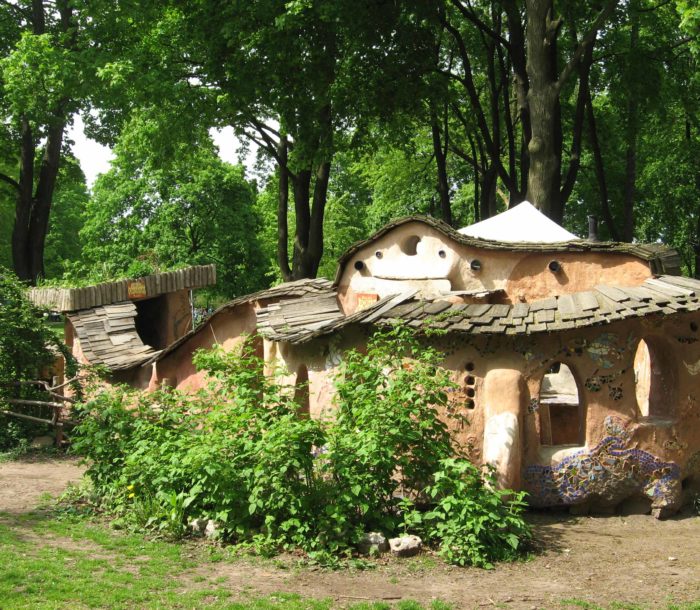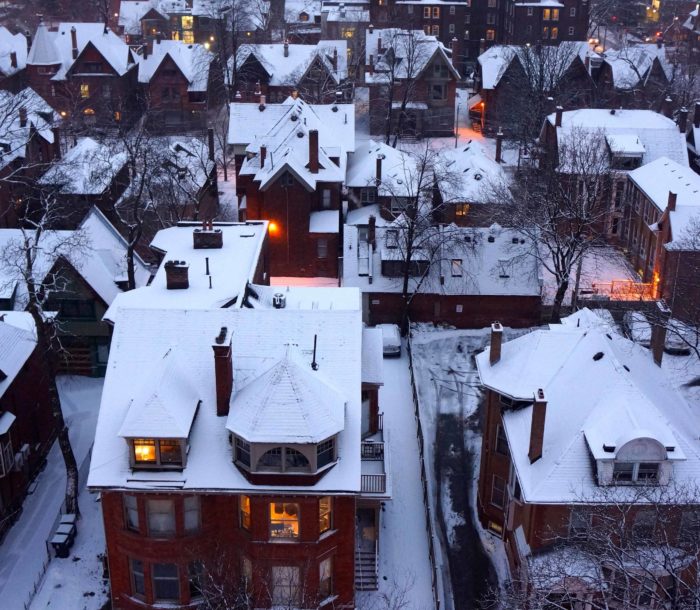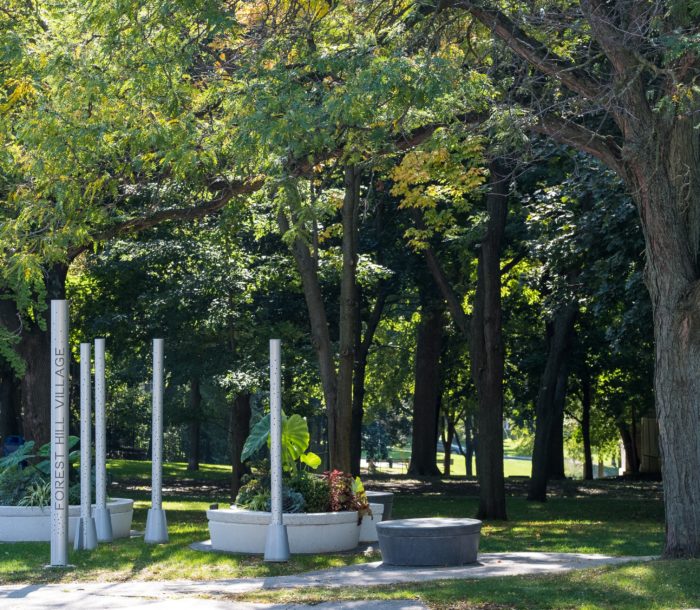Kensington Market/ Chinatown is bounded by College Street to the North, Dundas St. West to the South and Spadina Ave to the East, Bathurst to the West.
Neighbourhood
Kensington Market and Chinatown hold a distinct culture and diversity like no other in the city. The ‘Market’ community works hard to maintain its traditions and preserve its history. Kensington is made up of boutique stores selling vintage clothing, jewelry, tattoo parlour and is famous for its Pedestrian Sundays, a street festival where merchants, street vendors and pedestrians come together to enjoy a vehicle-free day. Baldwin Street and Augusta Ave make up most of the Market’s foot traffic, with fruit/vegetable stands, coffee houses and independent takeout joints popping out from every corner. Possibly the some of the best food finds in the city are found hidden in the back of a store. Kensington neighbourhood is a noted tourist attraction. In November, 2006, Kensington Market was proclaimed a National Historic Site of Canada.
History
George Taylor Denison, after serving in the British militia during the War of 1812, purchased an area of land in 1815 (from Queen St West to Bloor Street, between where Augusta and Lippincott Streets now run). Denison used the area now known as Bellevue Square Park as a parade ground for his volunteer cavalry troop. The Denison estate was subdivided in the 1850s. During the 1880s, houses were built on small plots for Irish and Scottish immigrant labourers coming to Toronto.
During the early twentieth century, Kensington became populated by eastern European Jewish immigrants and Italians, who occupied “The Ward” which was an overcrowded immigrant-reception area between Yonge Street and University Avenue. It became a cluster of densely packed houses and was one of the poorer areas of the city. It became known as “the Jewish Market”. Jewish merchants operated small shops as tailors, furriers and bakers. Around 60,000 Jews lived in and around Kensington Market during the 1920s and 1930s, worshipping at over 30 local synagogues. The market sold items imported from the homelands of many immigrant communities.
After the Second World War, most of the Jewish population moved north to more prosperous neighbourhoods; uptown or in the suburbs. During the 1950s, a large number of immigrants from the Caribbean and East Asia changed the community, making it even more diverse. The Vietnam War brought a number of American political refugees to the neighbourhood, and particularly to nearby Baldwin Village, adding a unique utopian flavour to local politics. As Chinatown is located just east of Kensington, the Chinese are now the largest ethnic element. During the 1980s and1990s, groups of immigrants came from all over the world.
Real Estate
The majority of homes in the area are Victorian row houses which to the front look like they would be tiny, but step inside and many of the homes are surprisingly large and often 3 floors. Housing found closer to the market area tend to feature retail at the front of the house. There are also lane-way homes tucked behind main streets. Land prices in the area have increased a lot, but despite its increased appeal to professionals, Kensington still remains a predominantly working class, immigrant community.
Living in and near Kensington
The area is filled with a mix of retail, food stores and restaurants of many styles and ethnicities. There are also several bakeries, spice stores and cheese shops. Some of the more popular shops in Kensington Market include Exile, Courage my Love, Bungalow and Flashback.
In recent years, the neighbourhood has seen a small burst of upscale cafés, restaurants and clubs, replacing many of the older ethnic businesses. While Kensington residents hold onto the ‘vibe’ of the area, speculation is that the area is in for some growth. Don’t expect to see a starbucks just yet but changes are happening.
Kesington/Chinatown Schools
There are many public and alternative and private schools in the area.
- Kensington Community School
Grade JK-6 - Orde Street Junior Public School
Grade JK – 7 - Ryerson Community School
Grade JK – 8 - Ogden Junior Public School
Grade JK-6 - Beverley Public School
Grade JK- 8 - Heydon Park Secondary School (all girls)
Grade 9-12
Alternative Schools (TDSB)
- Subway Academy I & II
- Horizon Alternative Senior School
Grade 7-8 - Contact Alternative School
Grade 9-12
Private Schools
- Braemar College Private Secondary
Grades 9-12 - The Abelard Centre For Education
Grades 9-12 - Cornerstone Montessori Preparatory
JK-12
Transportation
Regular TTC streetcar service runs along Spadina Road as well as Dundas Street West. The nearby Subway stations are Spadina, Dundas and Osgood. The DVP entrance is 5 minutes away as is Lakeshore Blvd.





